The things that define you: an exhibition of zakka at 21_21 Design Sight Tokyo
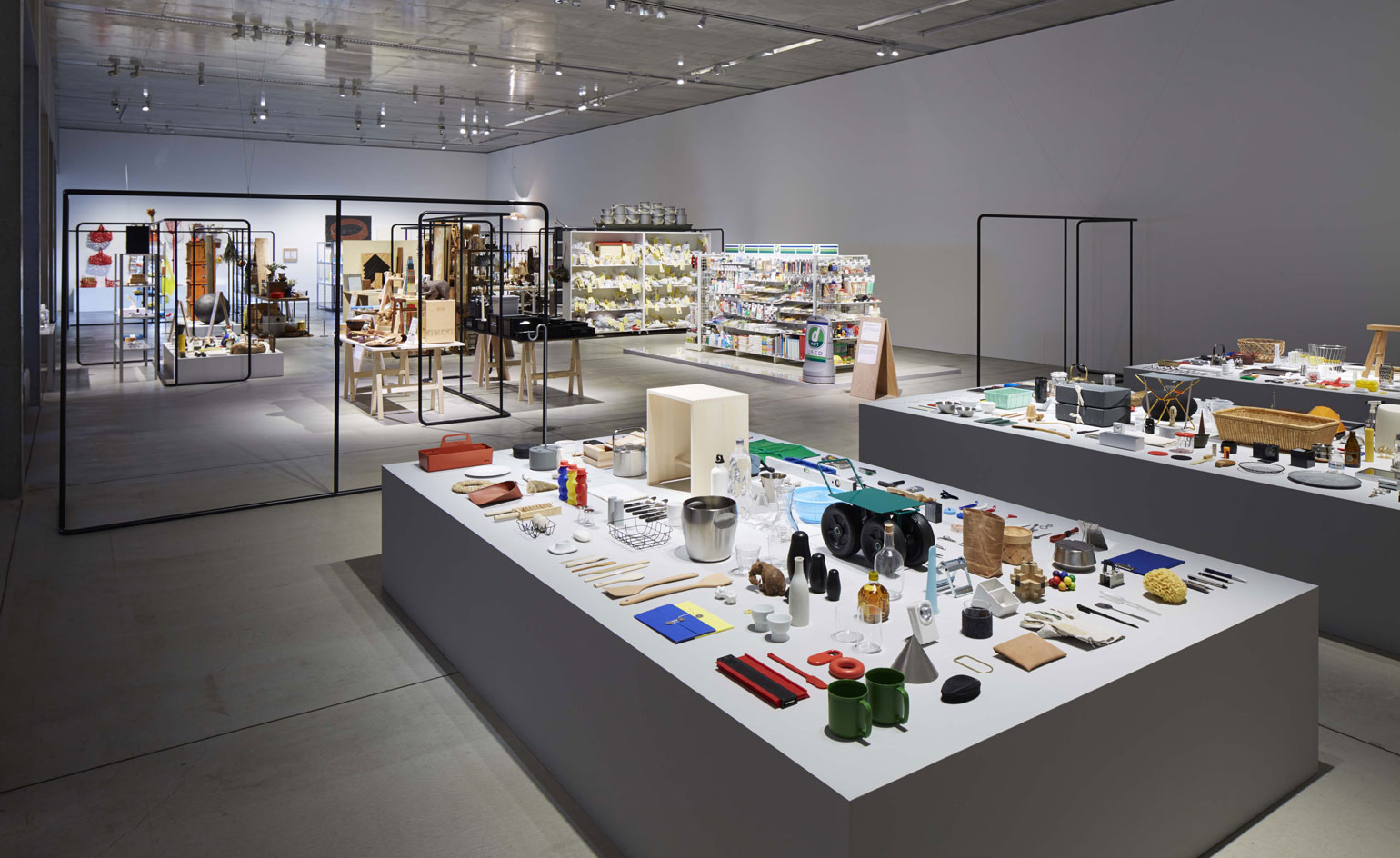
The Japanese term zakka very loosely translates as 'stuff'. Or, to refine this within its common context, 'sundries' or 'miscellaneous goods'.
If, in Western parlance, this evokes a higgledy-piggledy bric-a-brac store, then think again. In Japanese, the first part of the compound – zatsu – may mean 'things that cannot be categorised', but the term is loaded with socio-cultural significance; things considered zakka being referential to the evolution of Japanese lifestyles and how new foreign customs and items – often considered kitsch in origin – are assimilated and amalgamated into the country's cultural identity. It's a particular commercial phenomenon currently being explored in a new exhibition at Tokyo's 21_21 Design Sight: 'Zakka: Goods and Things'.
Until around 50 years ago, zakkya stores largely stocked utilitarian household items – particularly for cooking and cleaning; now, their remit has exploded, encompassing almost any item an individual could want to express their own personal tastes (consistent aesthetics and functional uses be damned). It's a sensory, almost spiritual predilection. As Tadao Kushimatsu, an analyst at the Hakuhodo Inc. advertising agency, said in a 2011 New York Times article, 'Cute is not enough. To qualify as a zakka, a product must be attractive, sensitive, laden with subtexts'.
The survey at 21_21 Design Sight is broad, with the show encompassing a range of explorations of the theme, including: 'Matsunoya Sundries Peddler', an installation depicting a Meiji-era peddler given a modern product overhaul; 'Zatsu Mandala', an exploration of the elements of Japanese culture embodied in zakka; a Dutch-made 'Hook Carpet', constructed of zakka; 'A Never Ending Loop of Thoughts', which examines 'ideal lifestyles' from the viewpoint of Hidenori Ikeda and 'lifestyle adventurer' Saiko Ito; and much more, from videos and drawings through expositions and talks. There's even a dedicated zakka store, as well as a number of time-limited pop-up shops.
'It may be that zakka resonates with people as a symbol of a small measure of happiness built upon a familiarity deriving from their integral status in our everyday lives, the comfort they offer, and the careful attention that has gone into their manufacture,' explains lauded product designer and exhibition team member Naoto Fukasawa. 'Regardless of how useful they are in our actual lives, people are drawn to zakka and feel the urge to make them part of their own lives…. The purpose of this exhibition is to focus on the aesthetics of zakka as things that appeal to us, and to share our thoughts on their allure.'
More soulful than mere materialism and richer than ascetic minimalism, zakka, it would appear, is a superlative, singular take on self-definition.
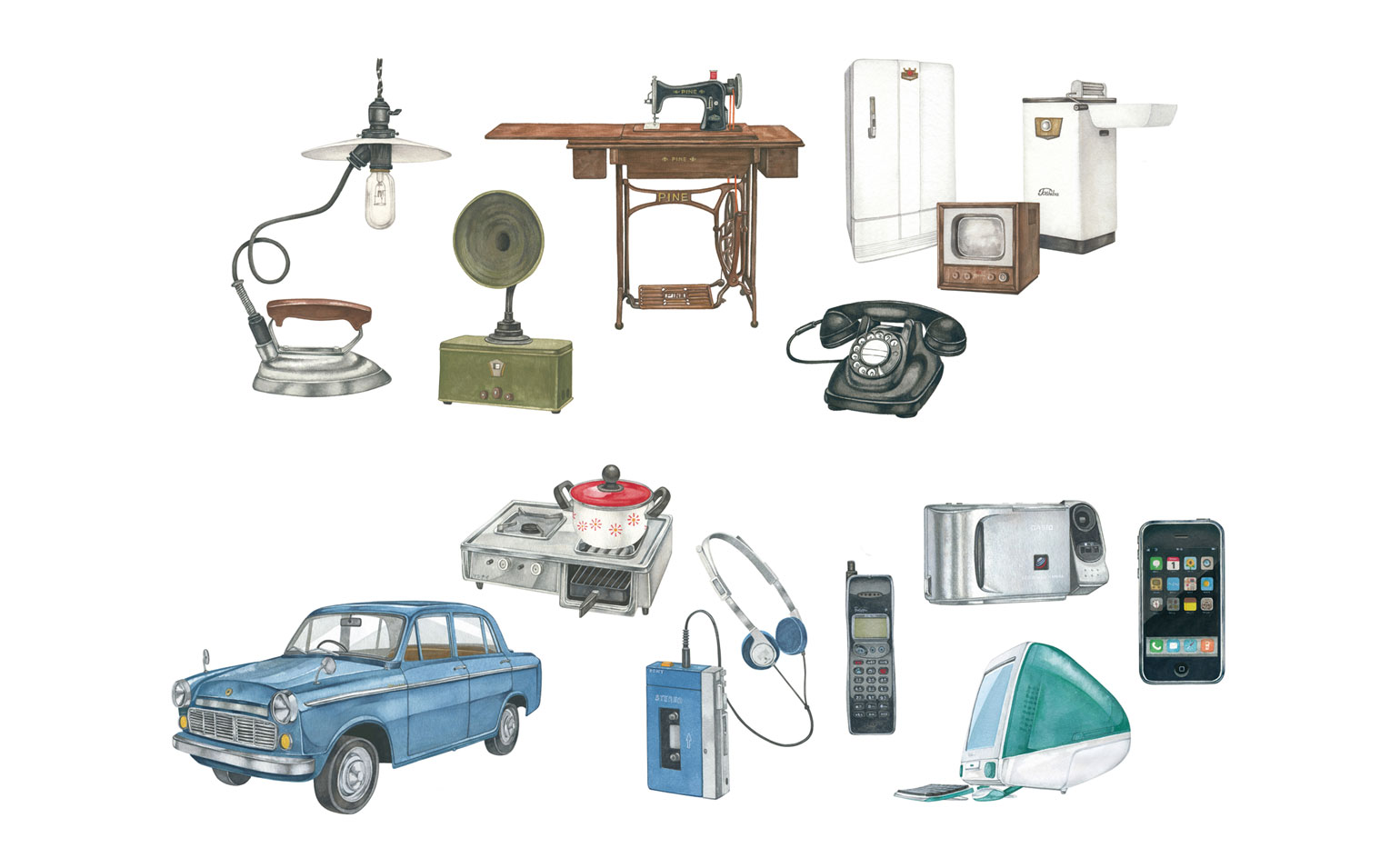
A chronology of zakka and Japanese lifestyles, by Ryuto Miyake – from an exhibit that explores the roots of zakka in the context of historical developments in Japa
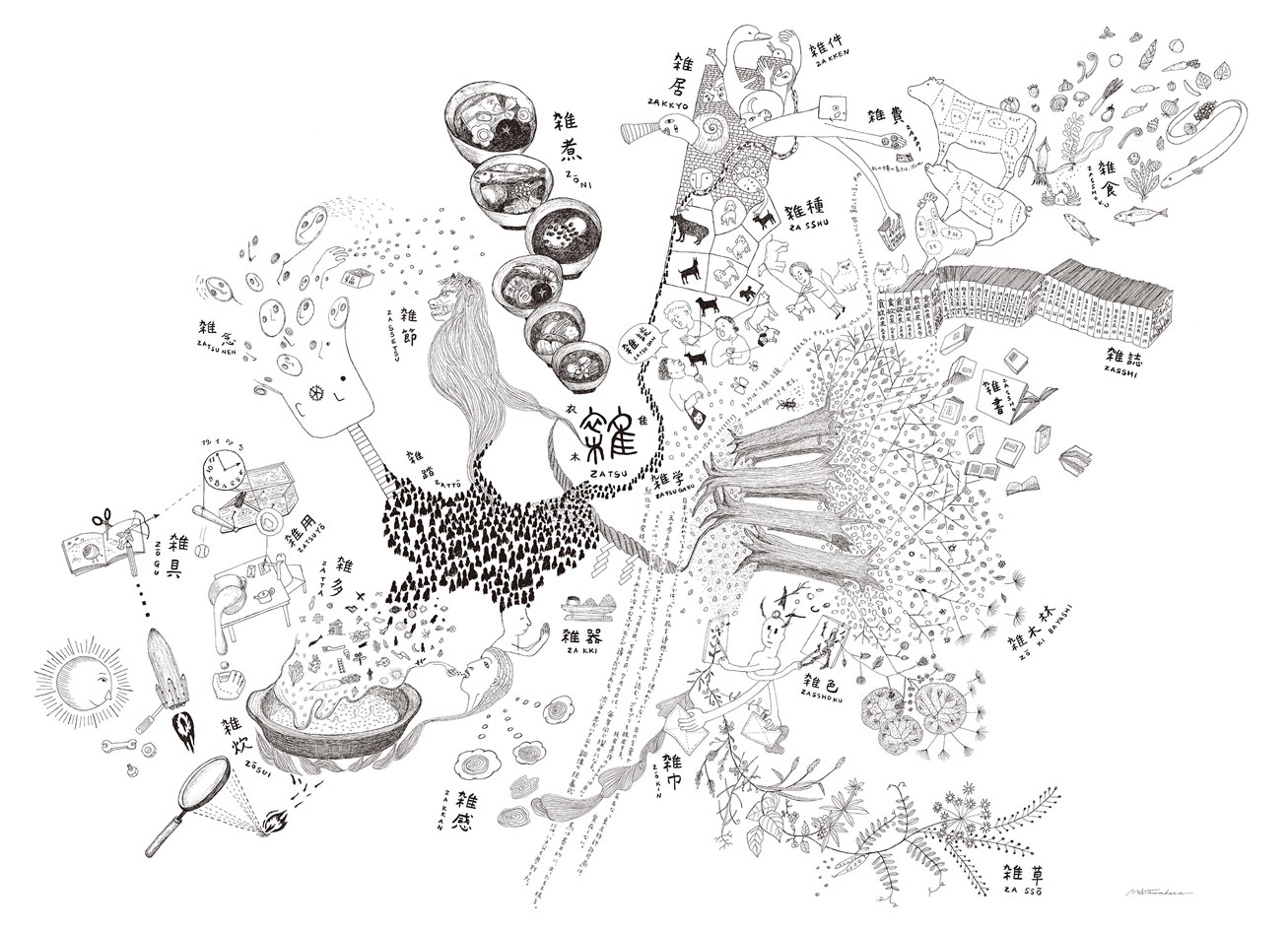
From the exhibtion: Mayumi Kawahara's 'Zatsu Mandala' illustration – an exploration of distinctive elements of Japanese culture
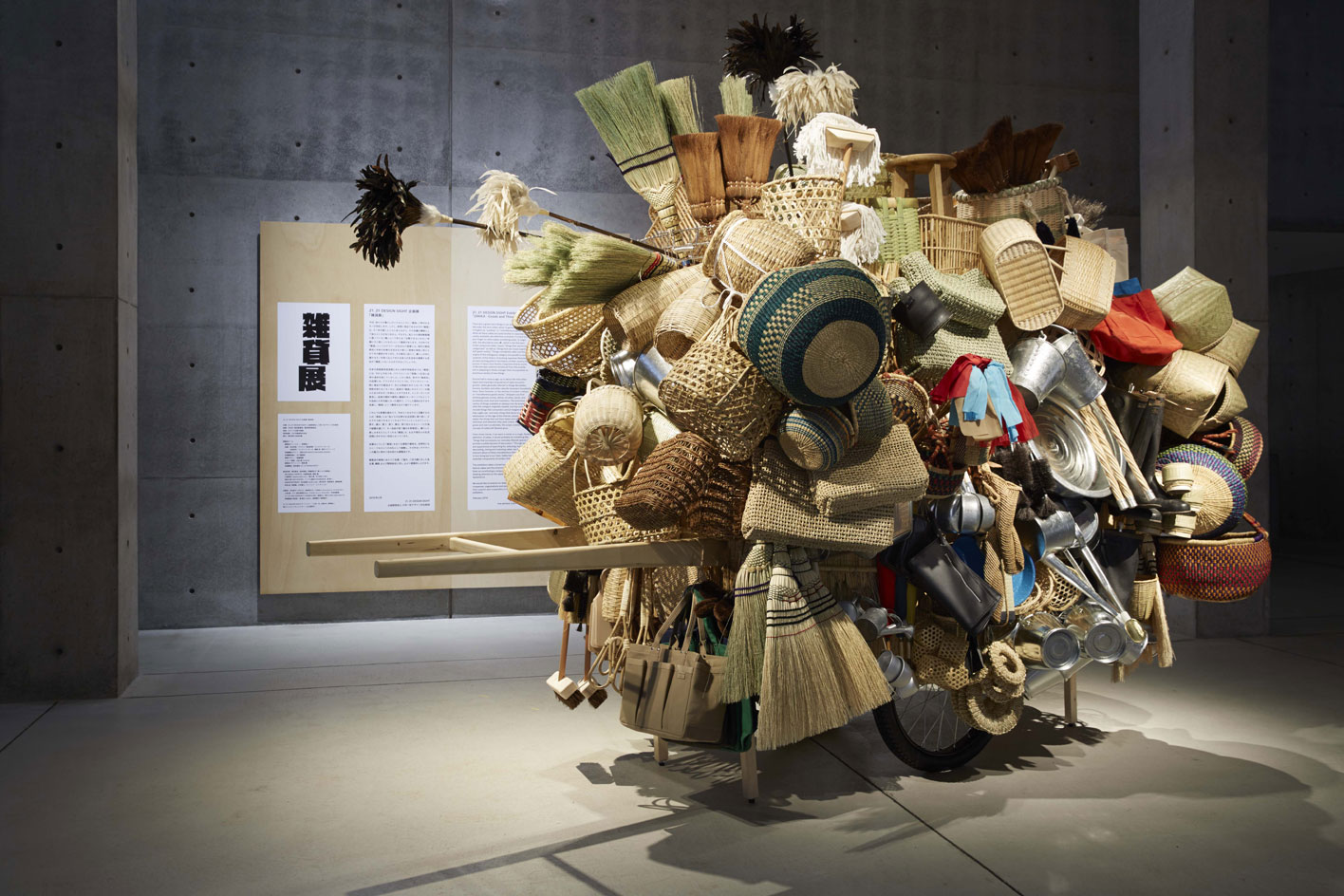
If, in Western parlance, zakka evokes a higgledy-piggledy bric-a-brac store, then think again; in Japanese, the term is loaded with socio-cultural significance. Pictured: 'Matsunoya Sundries Peddler', an installation depicting a Meiji-era peddler given a modern product overhaul, by Matsunoya and Norihiko Terayam
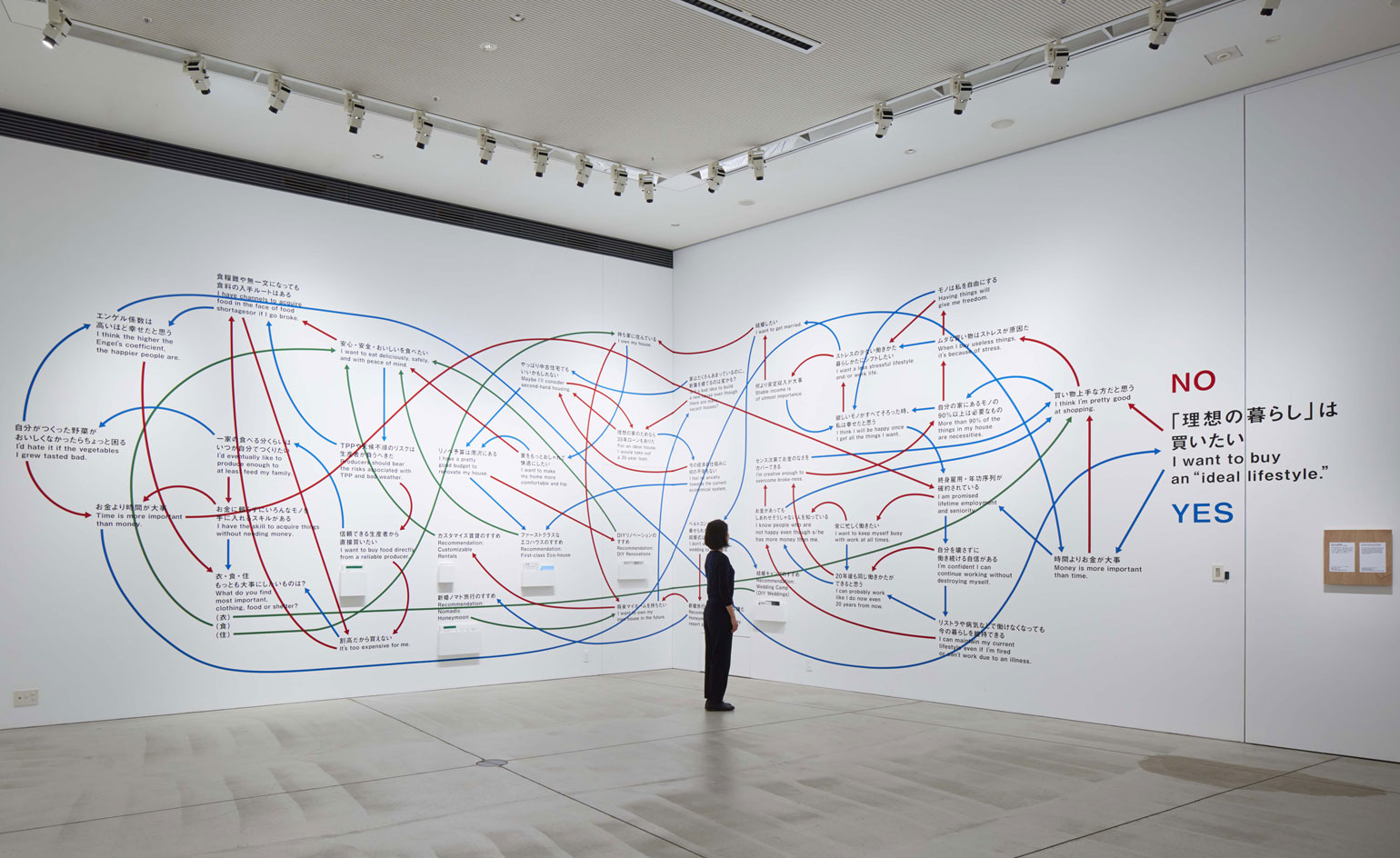
'A Never Ending Loop of Thoughts' examines 'ideal lifestyles' from the viewpoint of Hidenori Ikeda and 'lifestyle adventurer' Saiko Ito
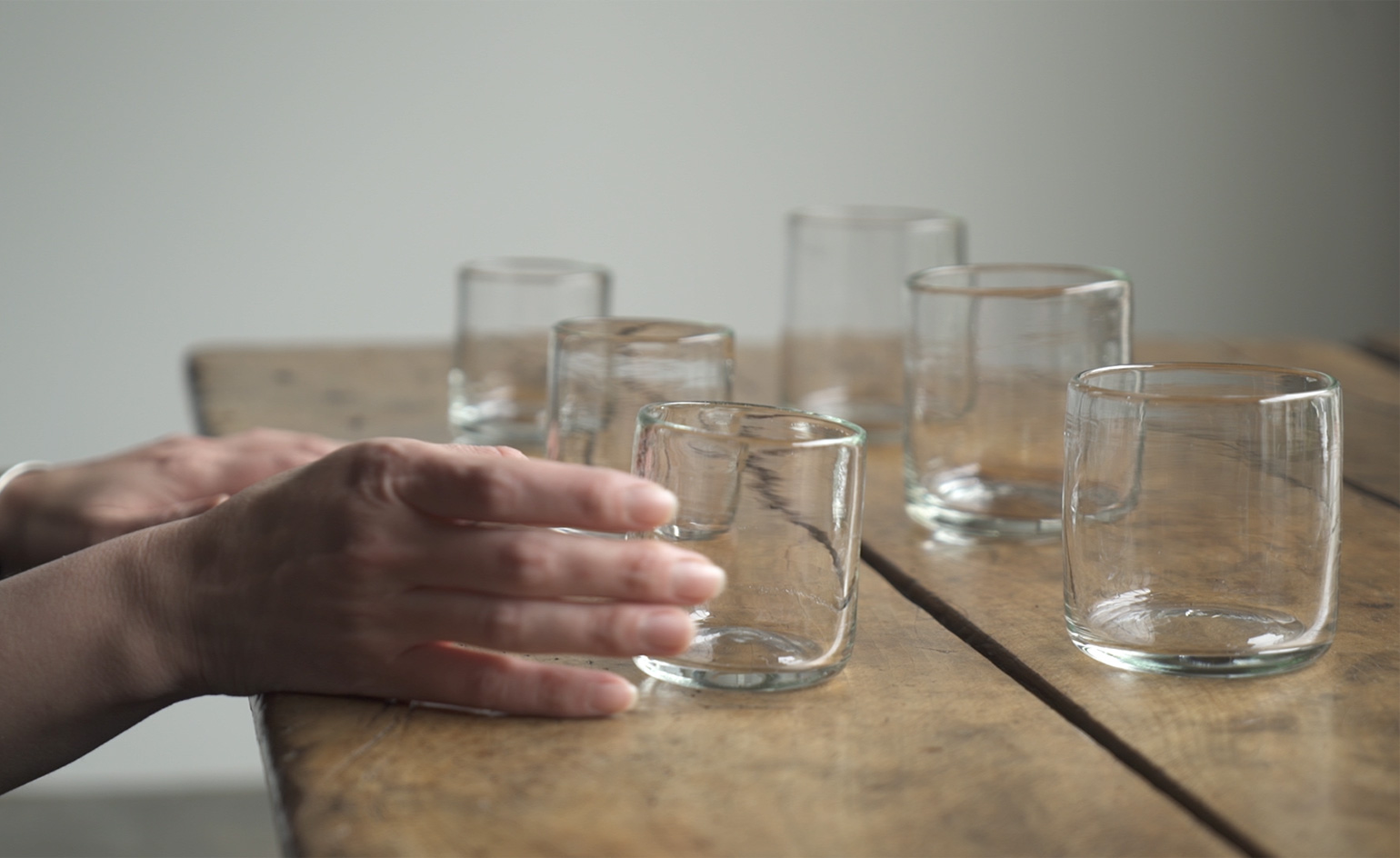
The broad exhibition factors installations, videos, drawings, expositions and talks. Pictured: still from 'Documentary Film of 12 Exhibitors', by Rui Shimamoto and Woomin Hyun (CGM), which delves into the organisers' curatorial process
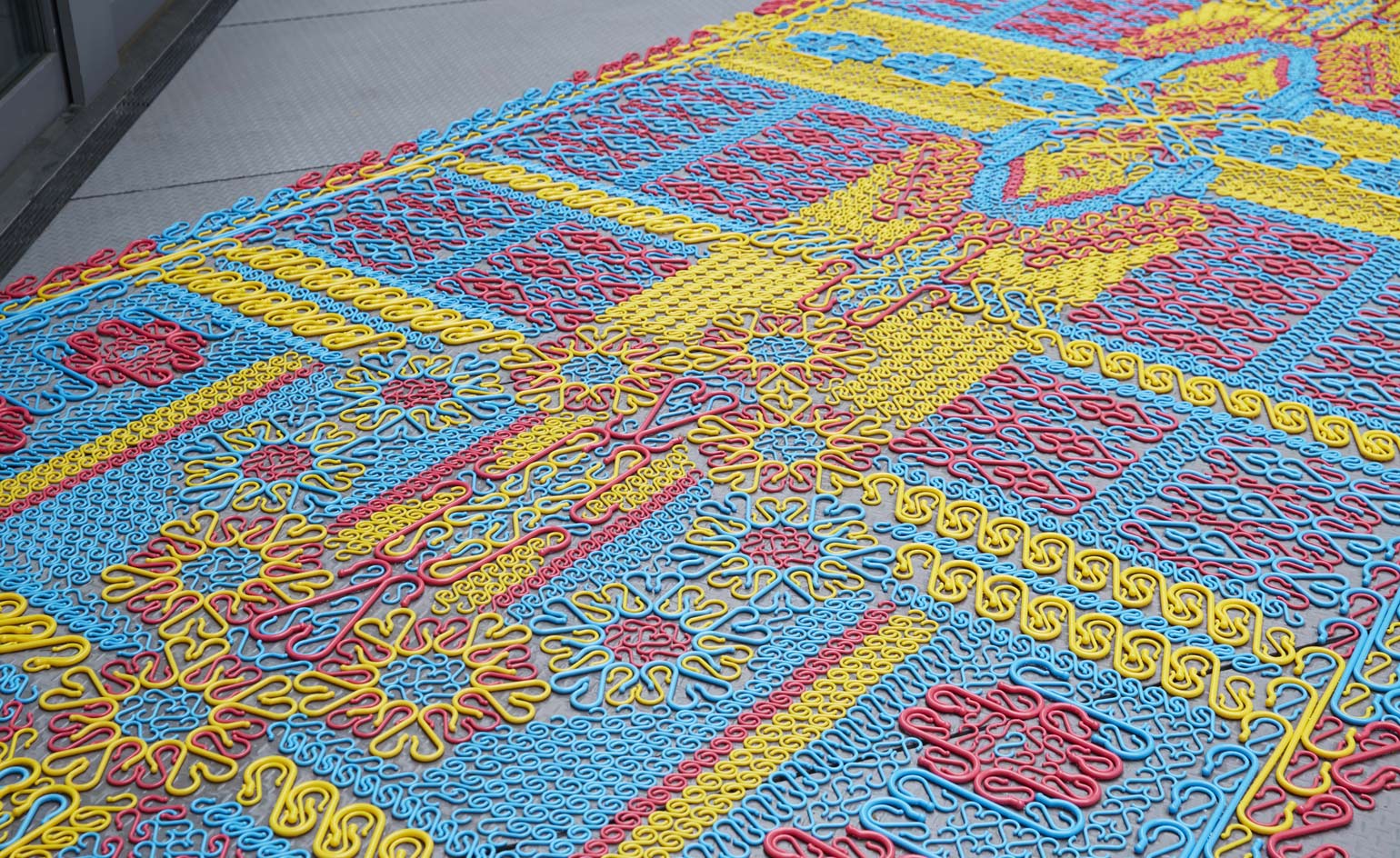
A 'Hook Carpet', constructed of zakka by the Dutch studio We Make Carpets
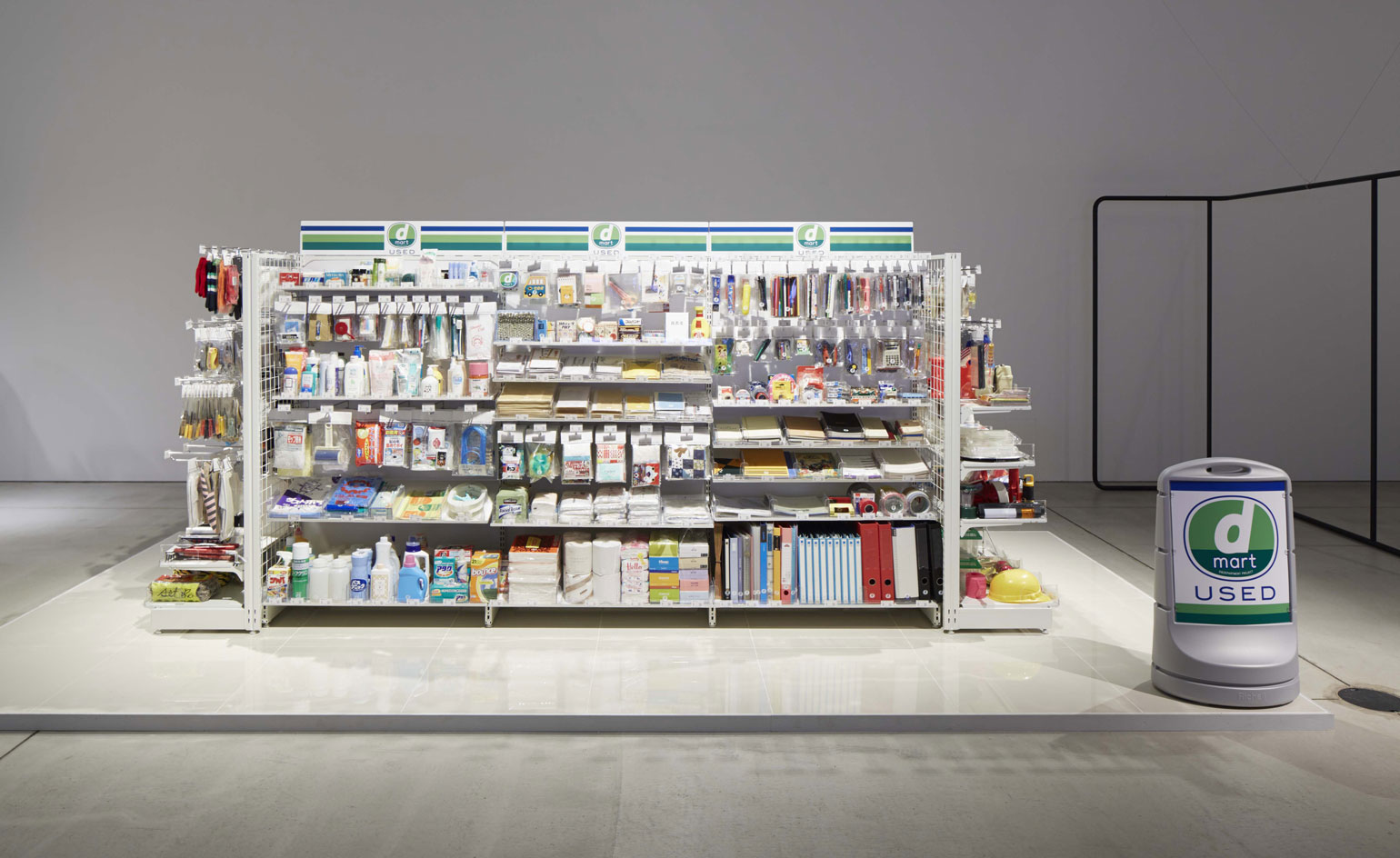
Kenmei Nagaoka and D&DEPARTMENT's 'A Convenience Store' gathers 'Daily necessities – things in the possession of which there were more than one, more than necessary, and that were not being used' to form a mock-shop
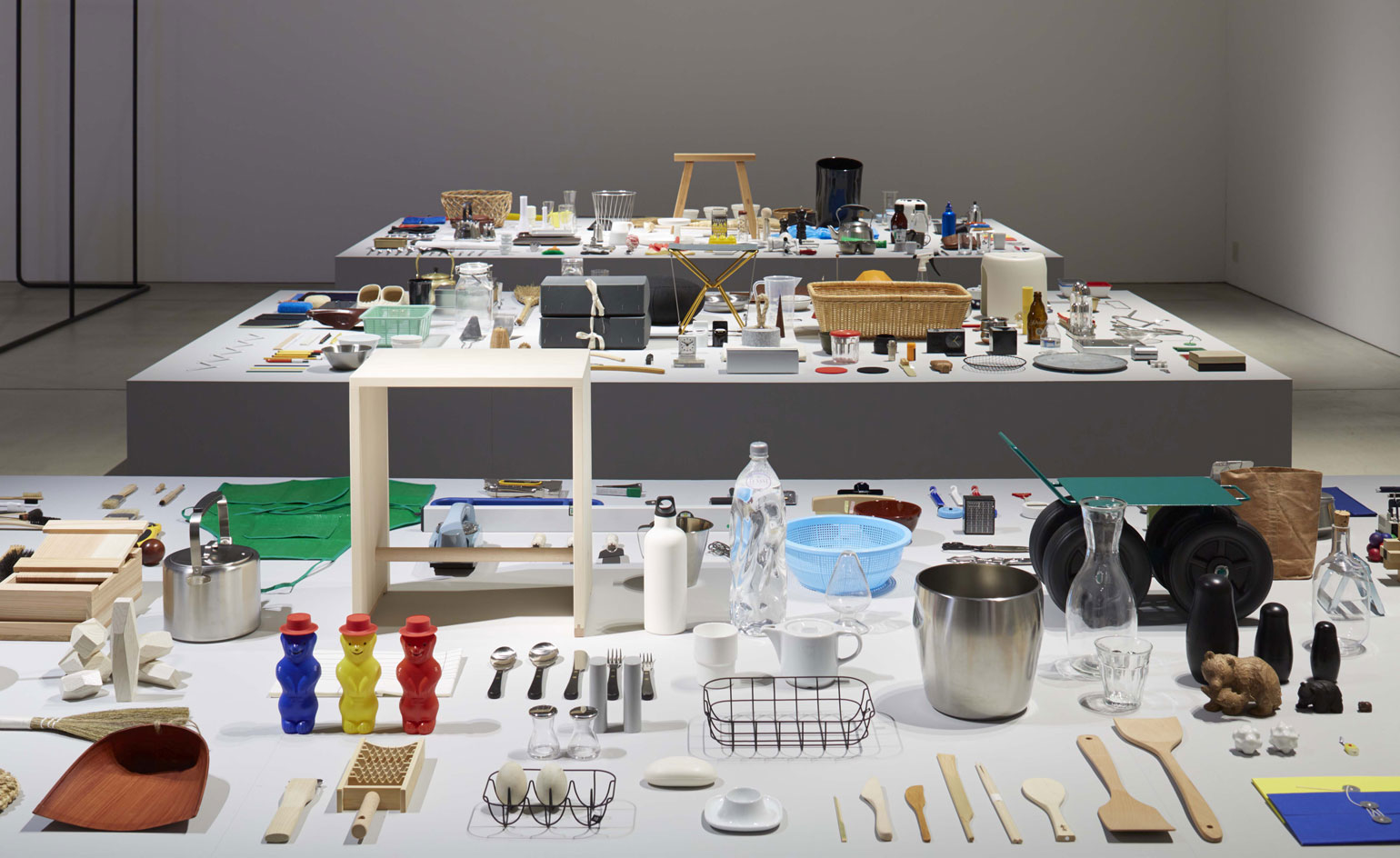
Until around 50 years ago, zakkya stores largely stocked utilitarian household items – particularly for cooking and cleaning; now, their remit has exploded, encompassing almost any item an individual could want to express their own personal tastes (consistent aesthetics and functional uses be damned)
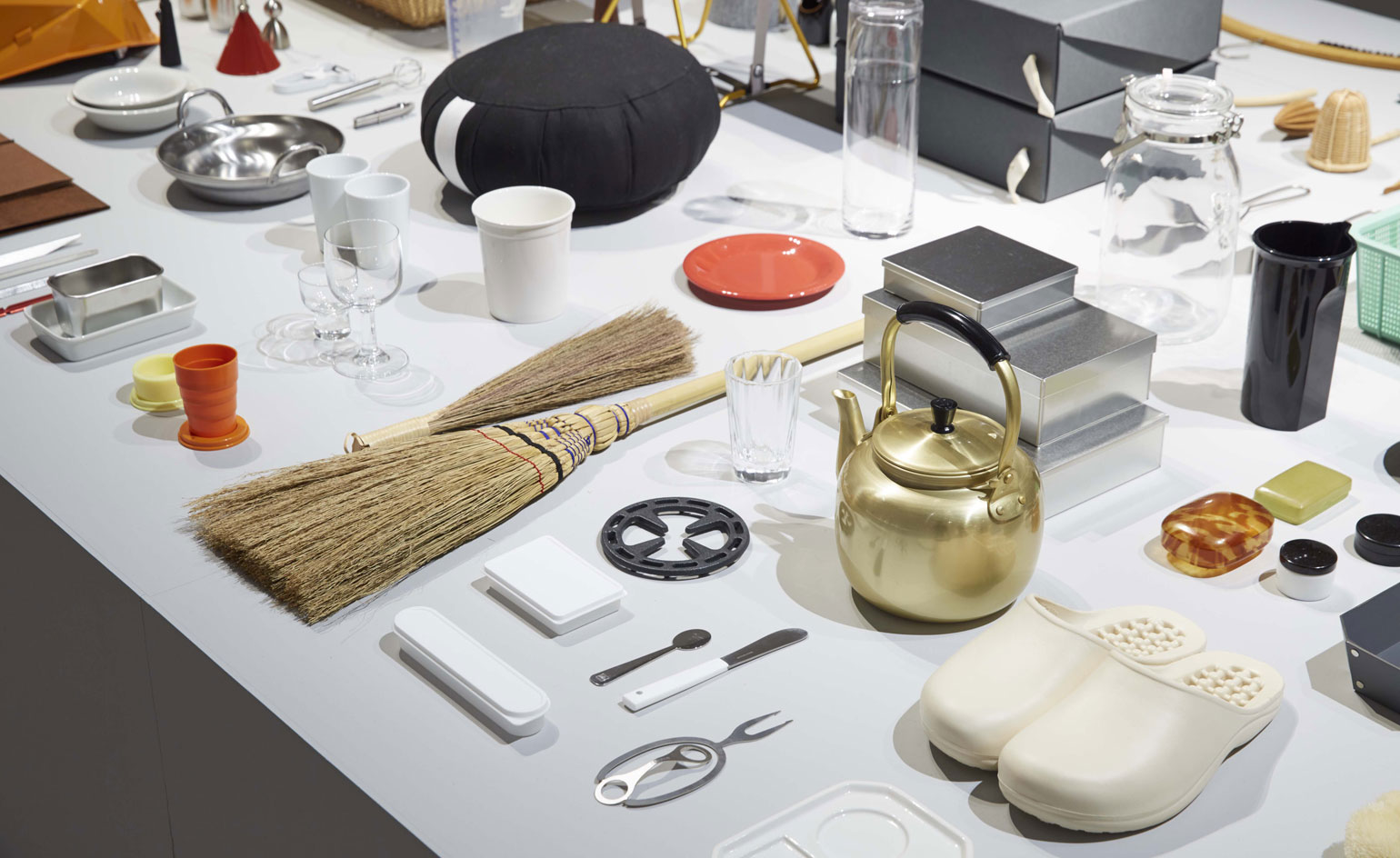
It's a sensory, almost spiritual predilection – embracing products often considered kitsch in origin
INFORMATION
'Zakka: Goods and Things' is on view until 5 June. For more information, visit 21_21 Design Sight's website
ADDRESS
21_21 Design Sight
Tokyo Midtown Garden
9-7-6 Akasaka
Minato-ku, Tokyo
Receive our daily digest of inspiration, escapism and design stories from around the world direct to your inbox.
Tom Howells is a London-based food journalist and editor. He’s written for Vogue, Waitrose Food, the Financial Times, The Fence, World of Interiors, Time Out and The Guardian, among others. His new book, An Opinionated Guide to London Wine, will be published by Hoxton Mini Press later this year.
-
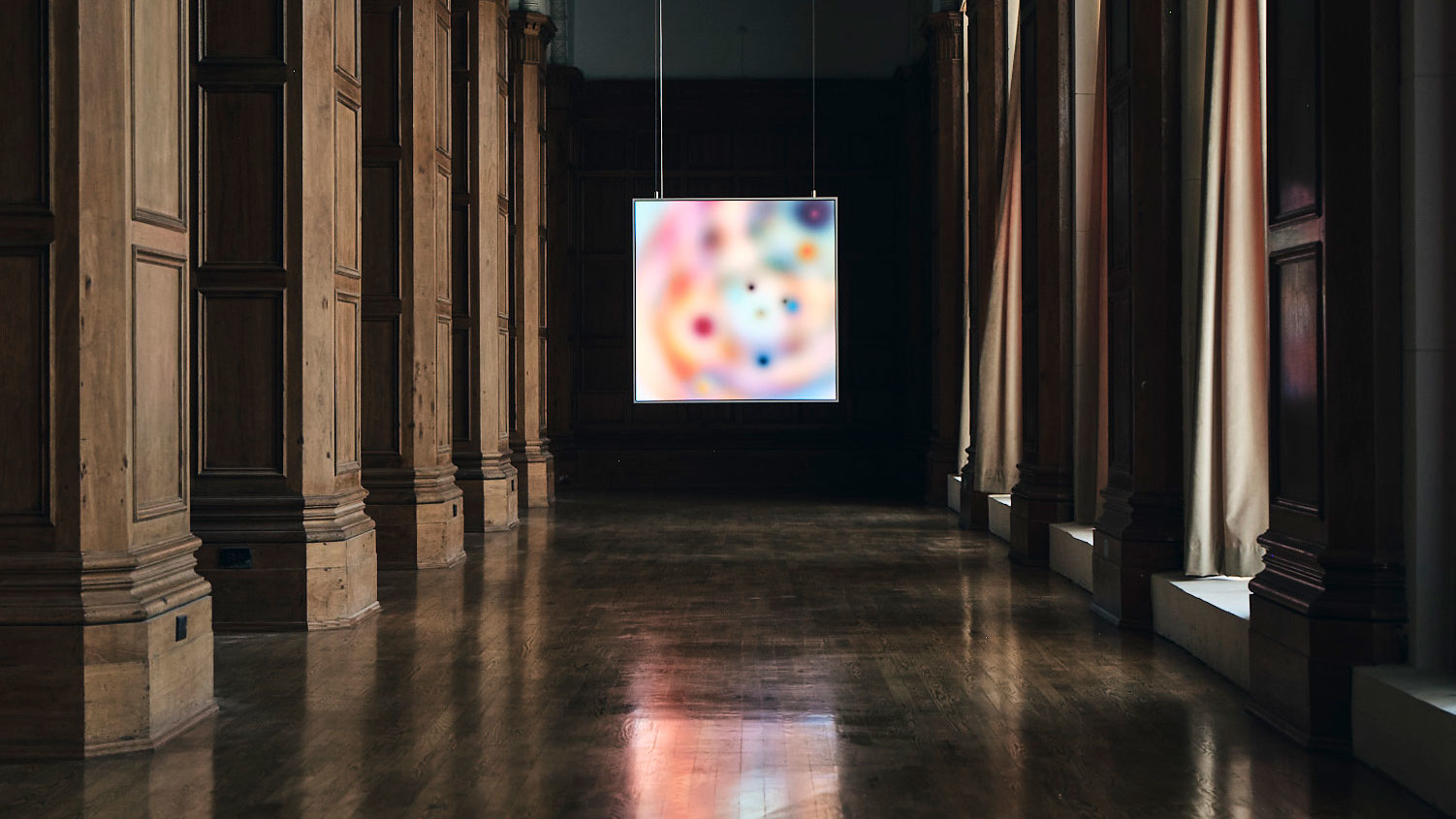 In the frame: Layer is a new high-tech platform for displaying unique pieces of generative art
In the frame: Layer is a new high-tech platform for displaying unique pieces of generative artA museum-grade canvas renders digital art with spectacular precision, cutting-edge tech and exacting industrial design
-
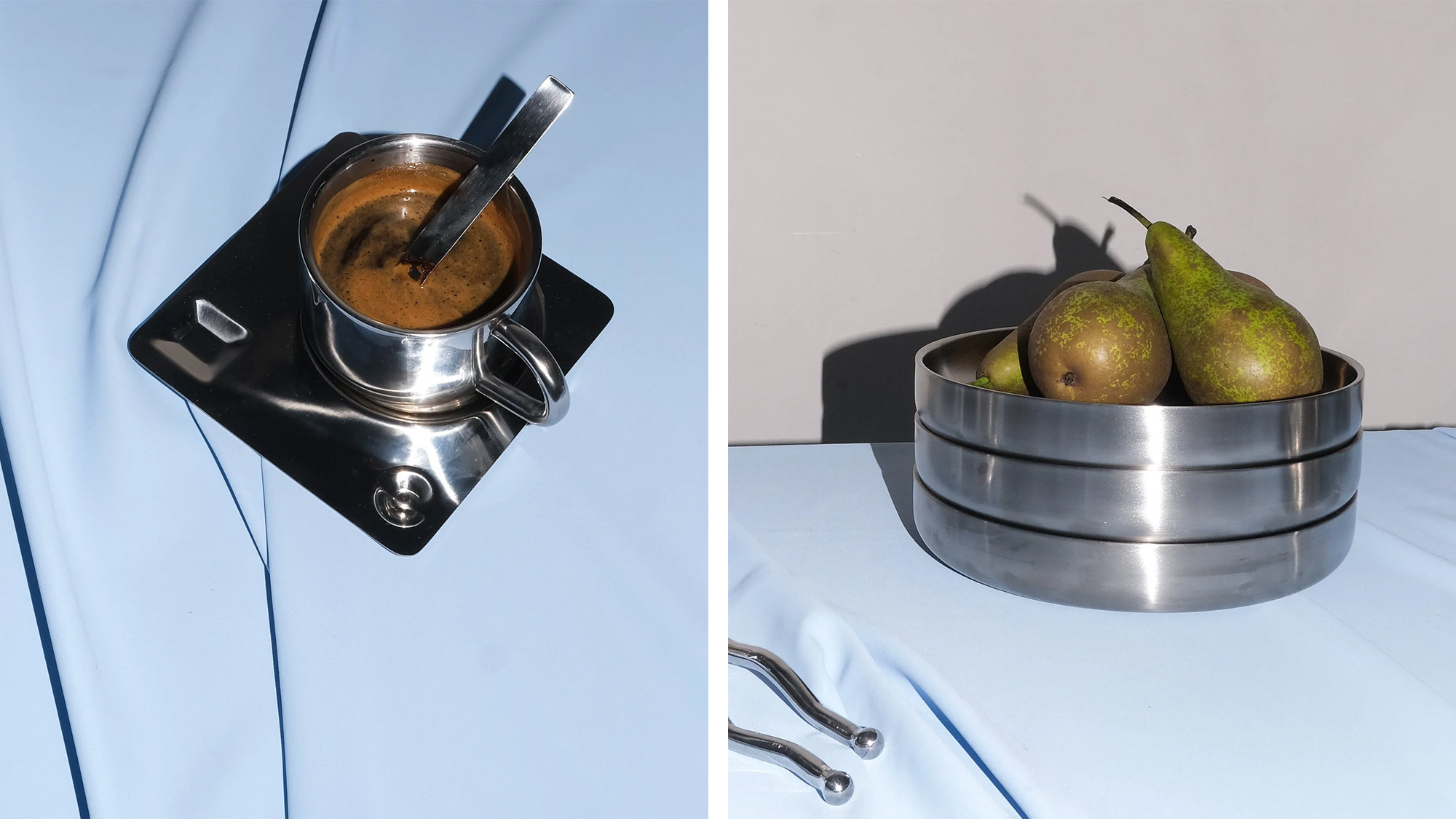 Chrome tableware to make your dining setup shine
Chrome tableware to make your dining setup shineOnce a hallmark of industrial and midcentury design, chrome is shining once again. The latest expression? Metallic dinner-, drink- and serveware that embody sophistication
-
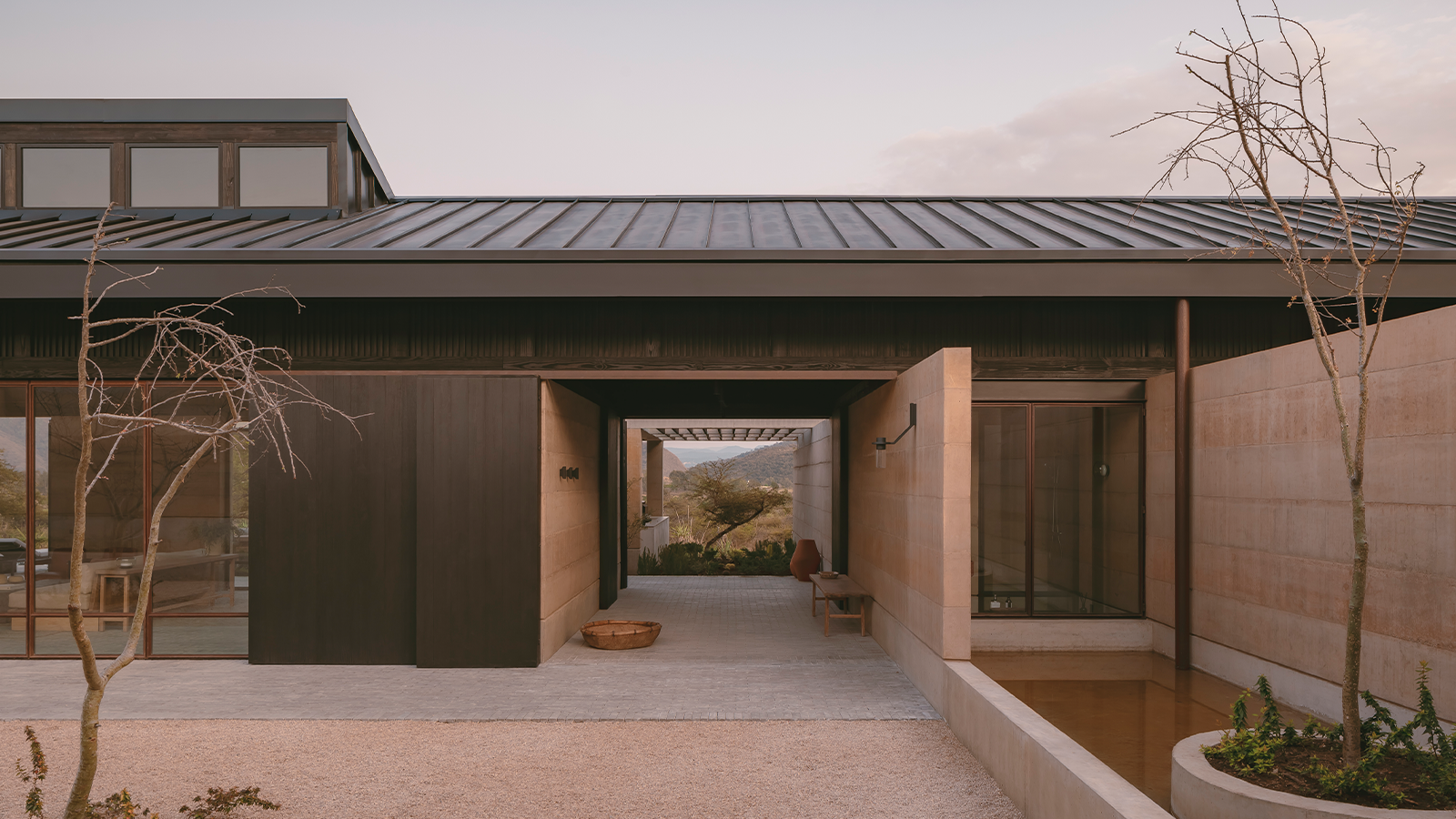 Serenity radiates through this Mexican home, set between two ravines
Serenity radiates through this Mexican home, set between two ravinesOn the cusp of a lakeside town, Mexican home Casa el Espino is a single-storey residence by Soler Orozco Arquitectos (SOA)
-
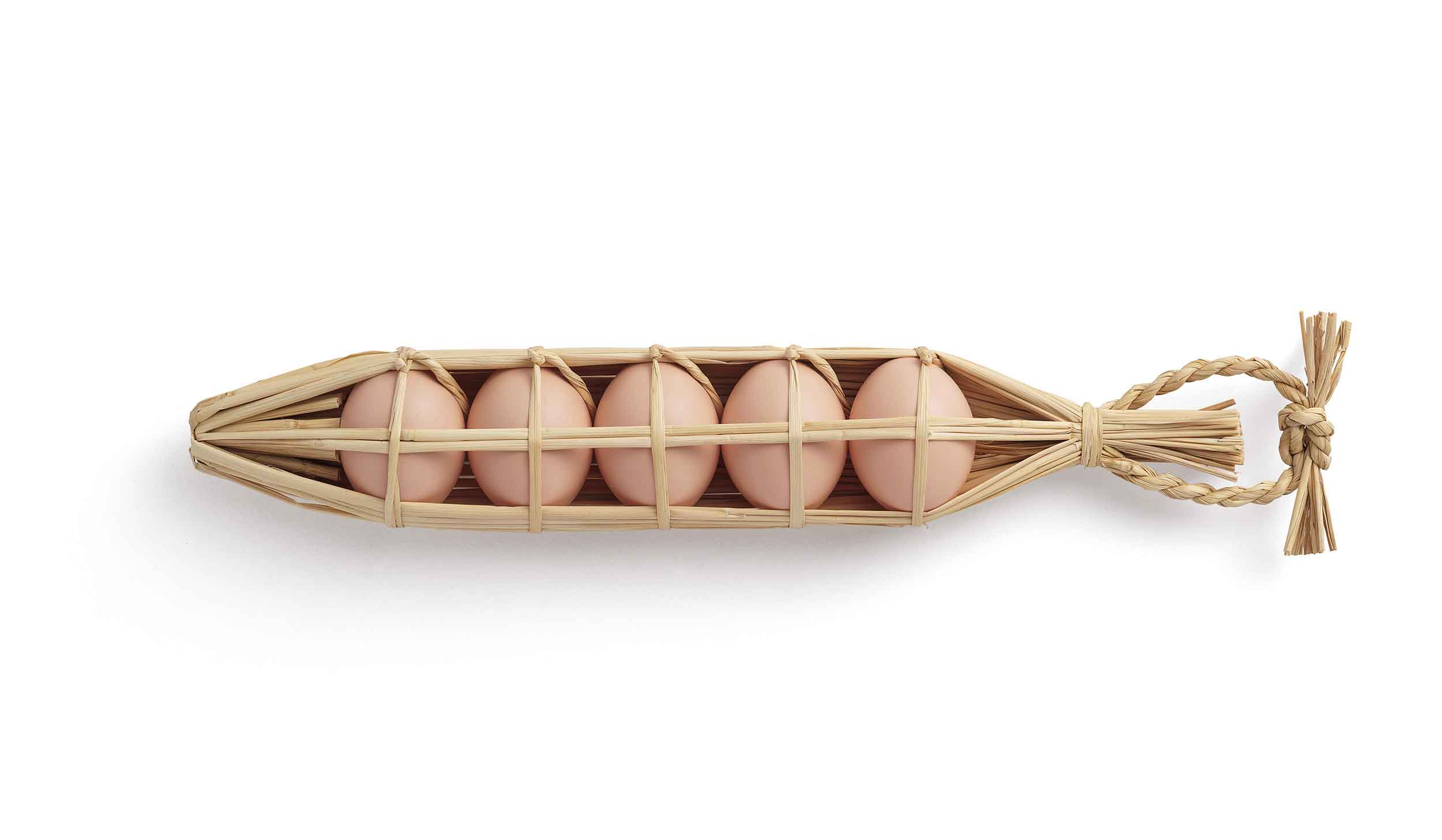 Exploring tsu tsu mu: a new exhibition in Tokyo reframes the Japanese way of wrapping anything
Exploring tsu tsu mu: a new exhibition in Tokyo reframes the Japanese way of wrapping anything‘Tsu-tsu-mu’, on view until 13 October 2025 at Matsuya Ginza, reframes the popular Japanese concept of wrapping into a mindset for caring for others
-
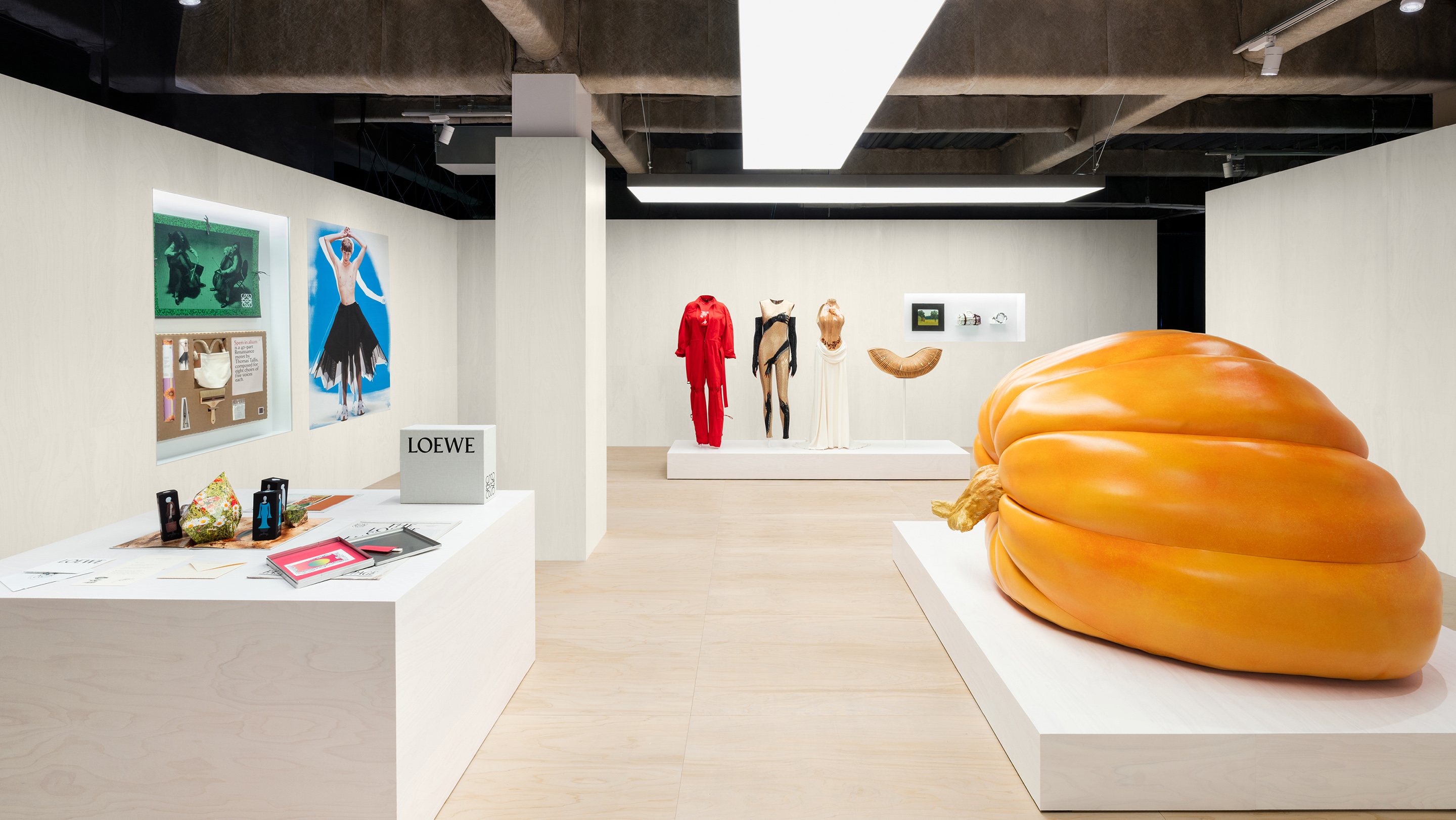 Paper flower gardens and neon mushrooms, Loewe's 'Crafted World' is rooted in heritage, innovation, and child-like wonder
Paper flower gardens and neon mushrooms, Loewe's 'Crafted World' is rooted in heritage, innovation, and child-like wonder'Crafted World' by Loewe is fashion house's first major brand exhibition, opening in Tokyo’s Harajuku district
-
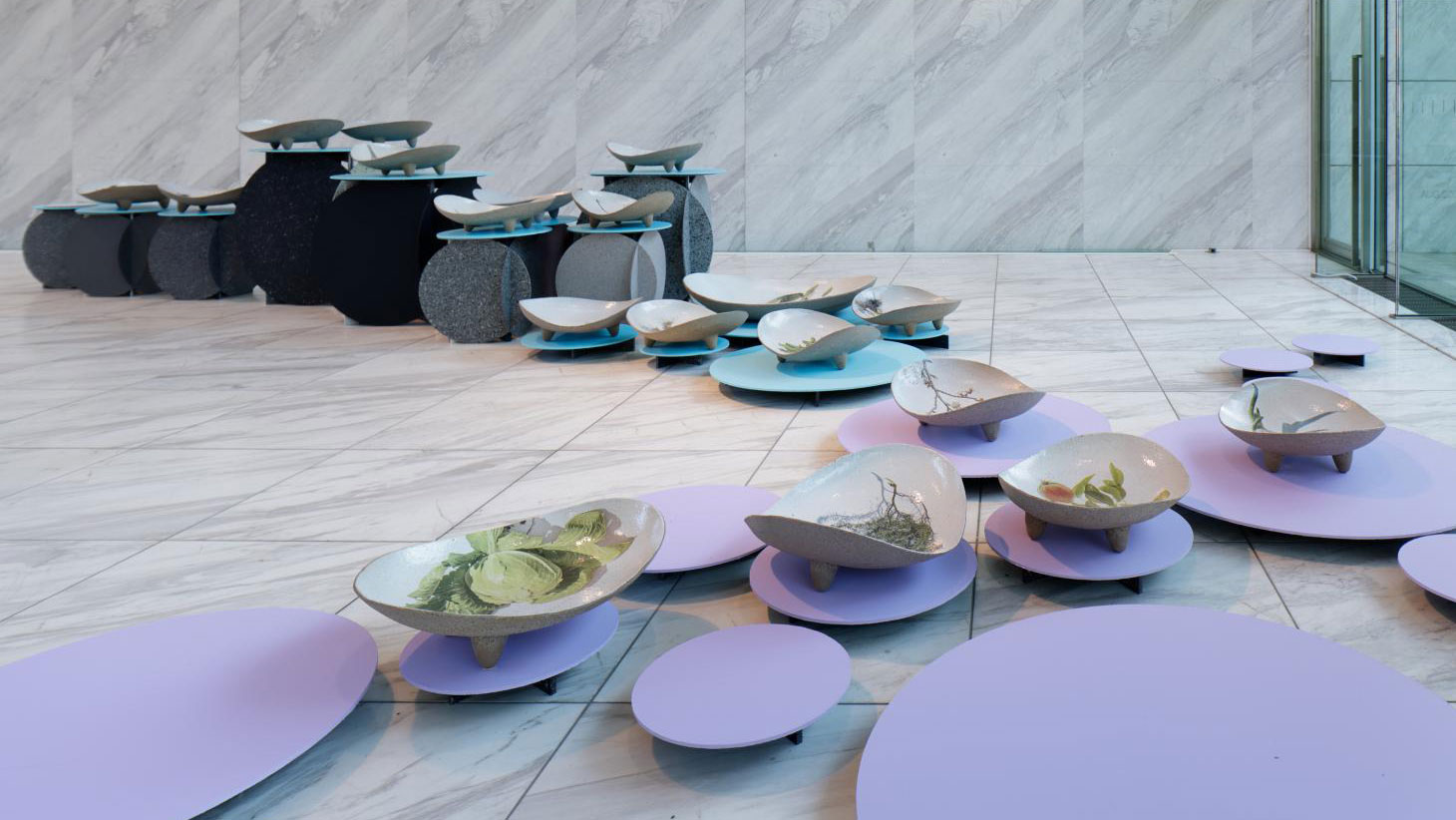 Designart Tokyo transforms the city into a museum of creativity
Designart Tokyo transforms the city into a museum of creativityDesignart Tokyo presents global design highlights through a series of exhibitions involving global creative talent and traditional Japanese craft
-
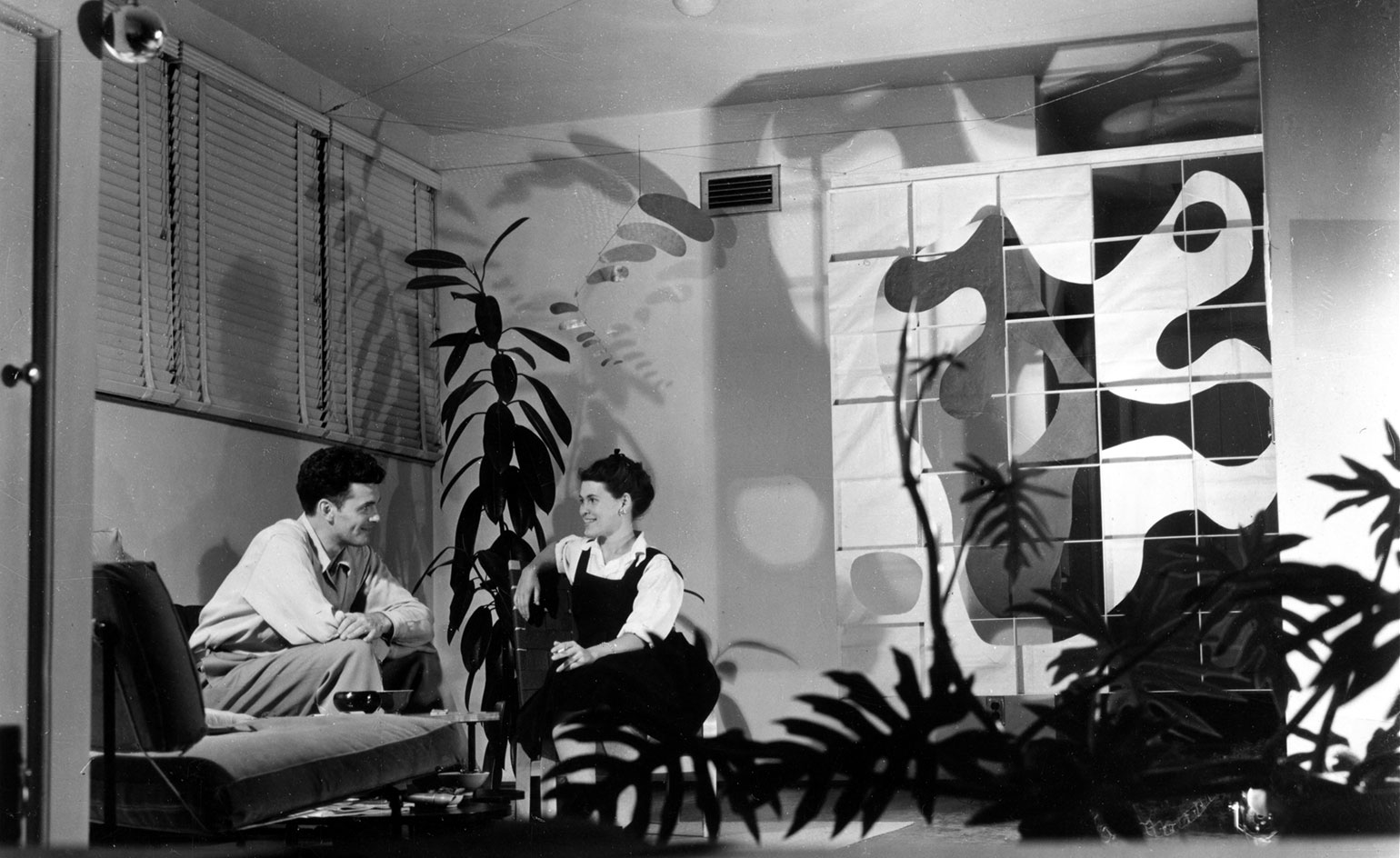 Exhibition in Japan celebrates all things Eames
Exhibition in Japan celebrates all things EamesTo mark the 80th anniversary of the Eames design office, Tokyo’s Isetan The Space gallery hosts an exhibition (until 5 January 2022), highlighting some of Charles and Ray Eames’ most celebrated designs as well as new editions and collaborations
-
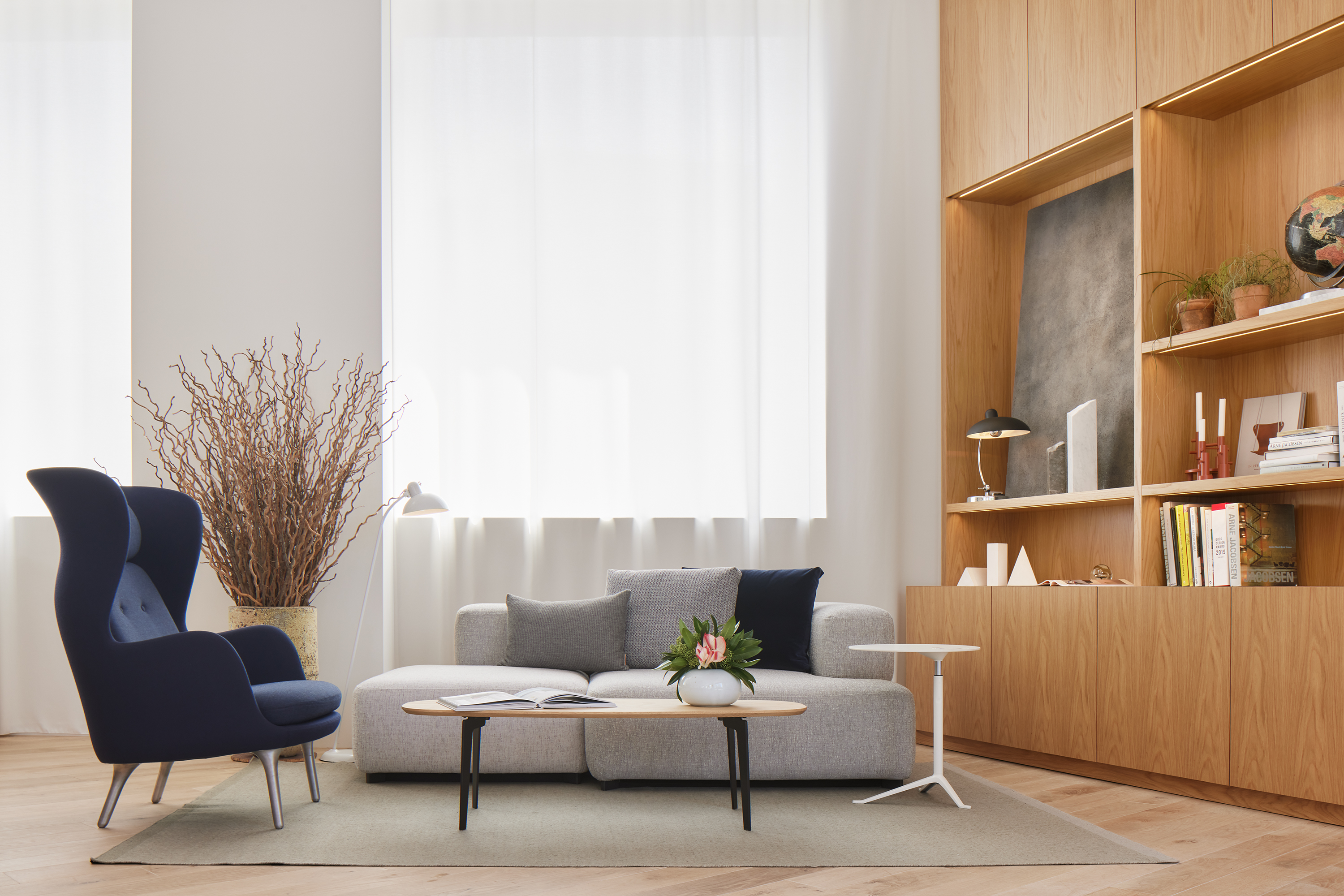 Fritz Hansen Tokyo HQ opens in Kengo Kuma-designed building
Fritz Hansen Tokyo HQ opens in Kengo Kuma-designed buildingFritz Hansen unveils a new Tokyo HQ, in a building originally designed by Kengo Kuma in 1991. In a new film created to mark the opening, the architect shares his creative vision and his views on both Scandinavian and Japanese design
-
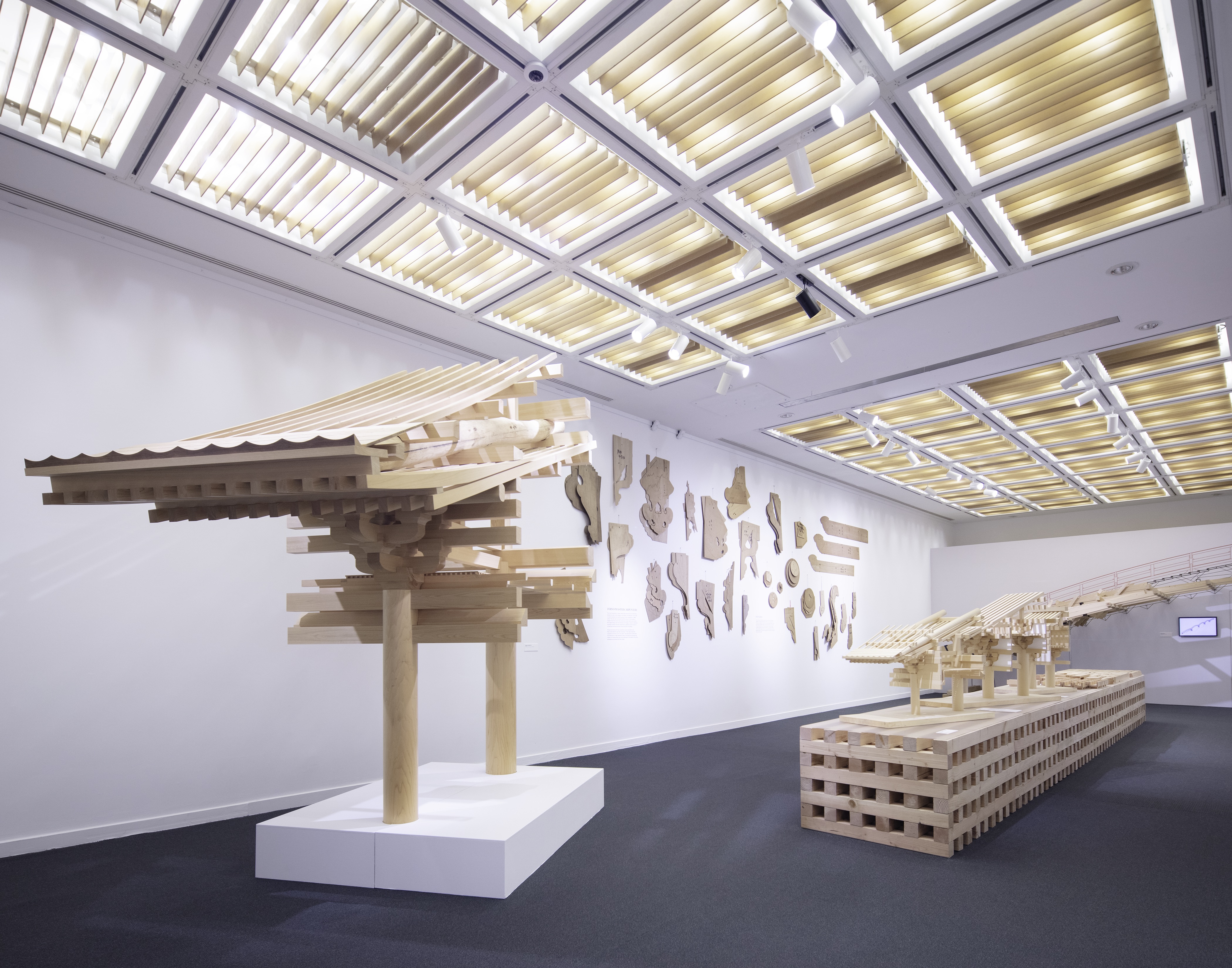 Celebrating the beauty of Japanese carpentry tools
Celebrating the beauty of Japanese carpentry toolsNow on show at New York's Japan Society, ‘When Practice Becomes Form: Carpentry Tools from Japan' presents an overview of the techniques at the heart of Japanese wooden craftsmanship
-
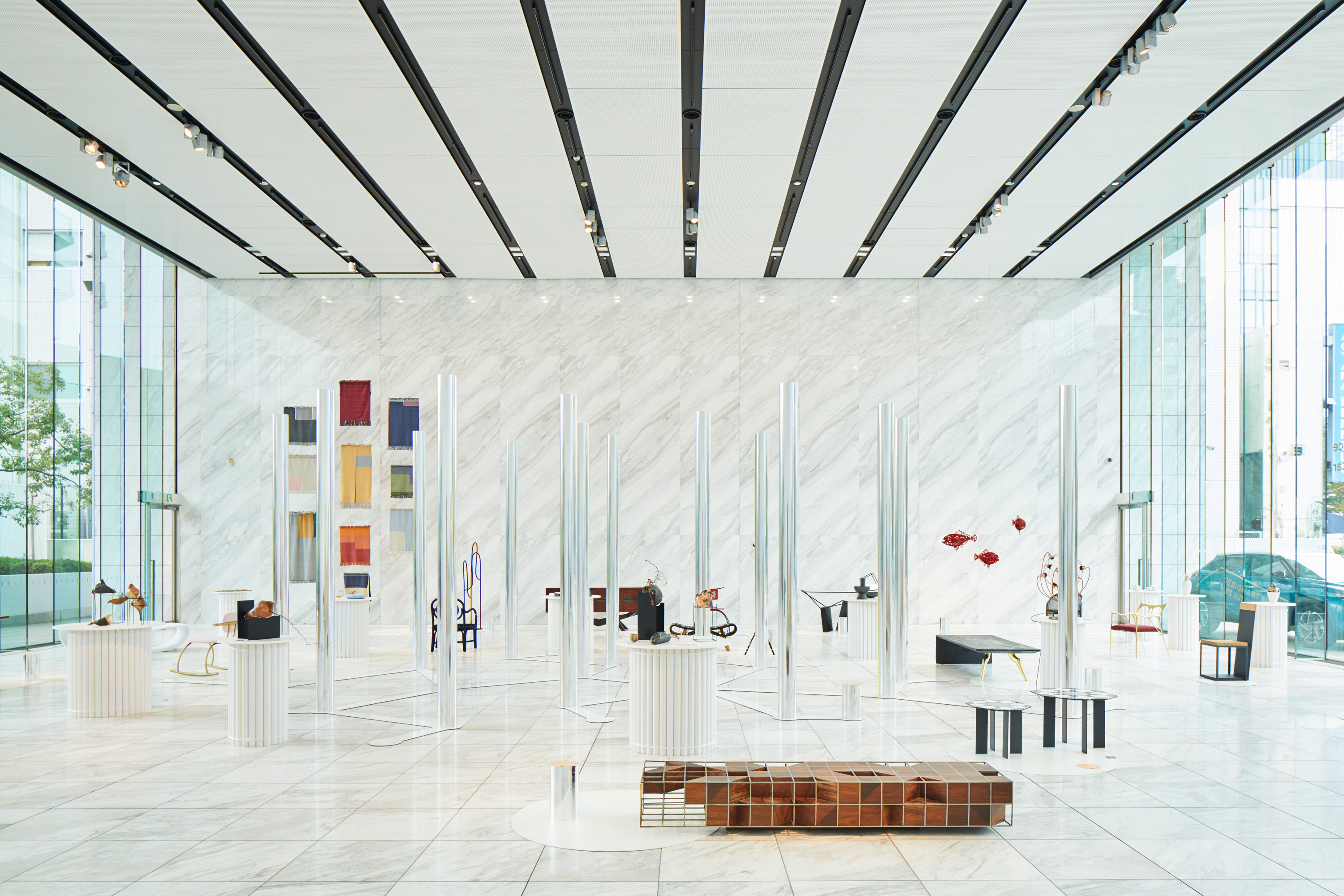 Designart Tokyo transforms the city into a living, multi-sensory museum
Designart Tokyo transforms the city into a living, multi-sensory museumThe third edition of the fair (18-27 October) showcases over 100 exhibitions across the Japanese capital
-
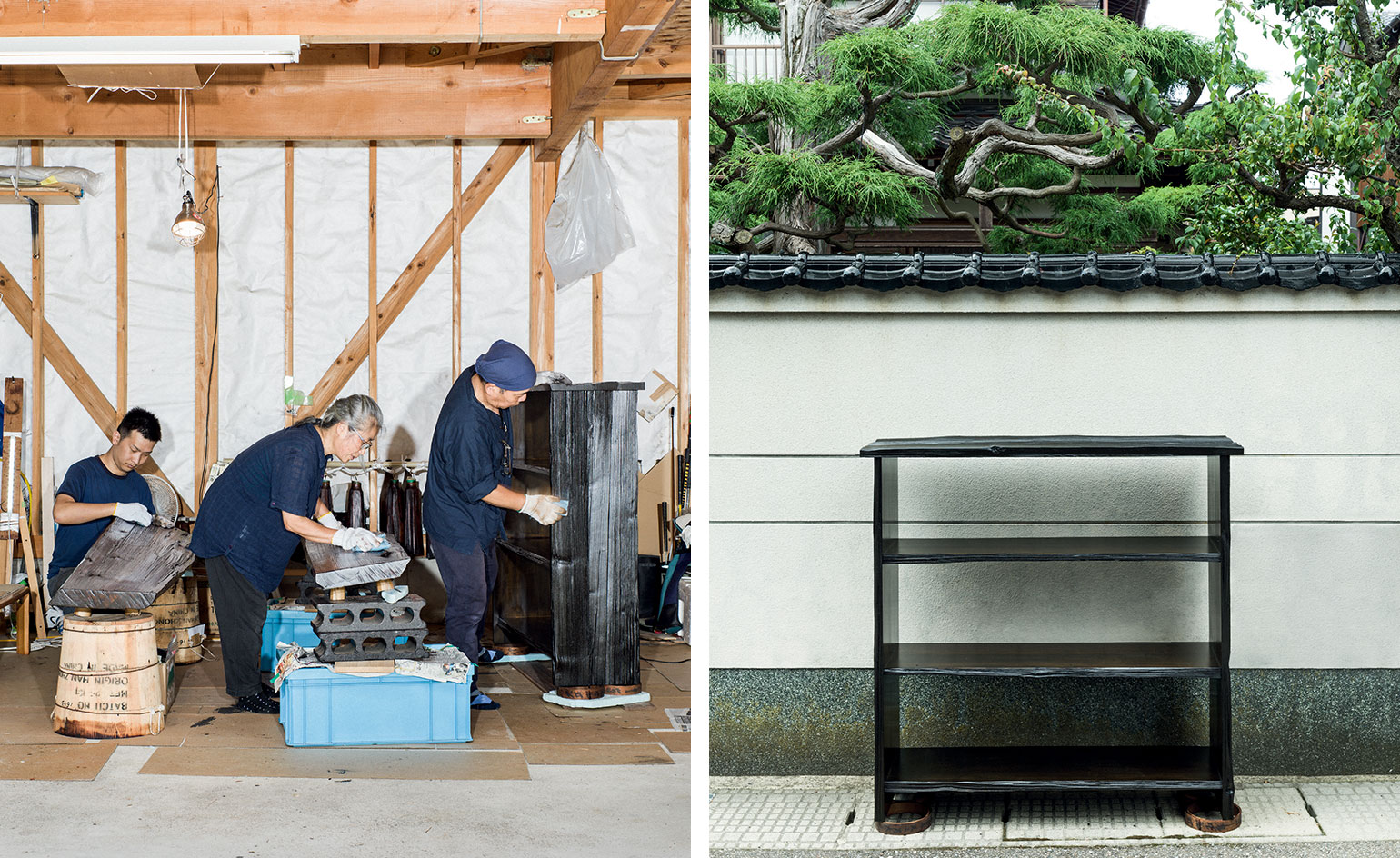 London designer Max Lamb takes a shine to the Japanese art of lacquerware
London designer Max Lamb takes a shine to the Japanese art of lacquerware